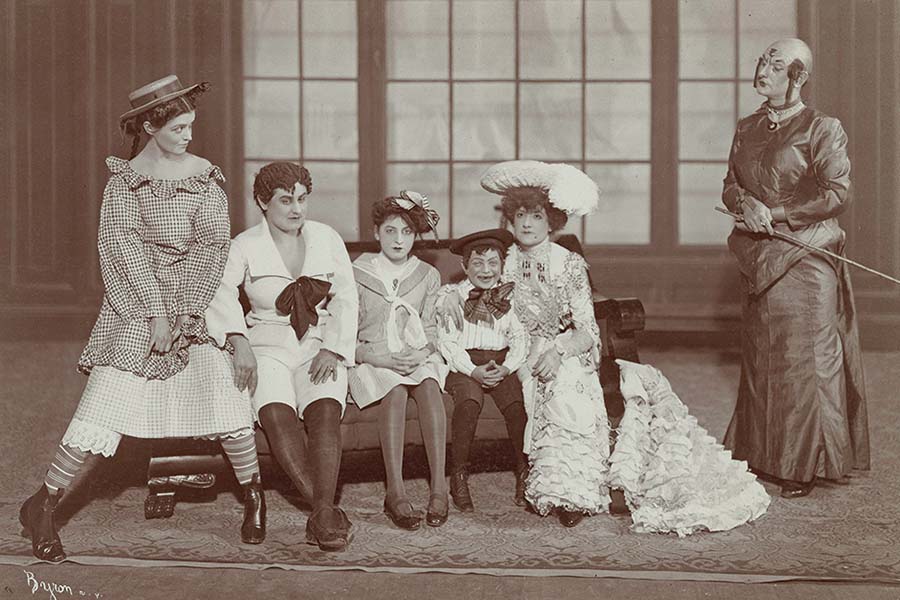220 YEARS AGO (1798)
John Joseph Sollee, owner of the City Theatre in Charleston, S.C., organizes a new comedy troupe to compete with the offerings of the Charleston Theatre, a larger house with newer and more attractive amenities. Sollee’s attempts to create his own small theatre empire in Charleston, an ambition that includes leasing his rival theatre for a limited run, will soon founder when he’s late paying his actors and they go on strike.
115 YEARS AGO (1903)
The Little Princess: A Play for Children and Grown-up Children in Three Acts makes its Broadway debut at the Criterion Theatre. With its blend of 19th-century sentimental melodrama and 20th-century realism, the play (which inspires a parody, The Big Little Princess, the following month), represents a transition in U.S. theatre. It also marks the emerging intersection of theatre for young audiences, theatre for families, commercial, and professional theatre.
80 YEARS AGO (1938)
The U.S. Supreme Court upholds the constitutionality of the Tennessee Valley Authority, leading the Living Newspaper program to revise its play about the TVA controversy, Power. The Living Newspaper program, part of the Federal Theatre Project, is described as “a New York theatre unit engaged in portrayal of the news of the day, by writers who are attempting to dramatize salient situations objectively.”
70 YEARS AGO (1948)
A yearlong Broadway musician’s strike commences on New Year’s Day, but not before Broadway producers spent the end of the previous year rushing into production a series of under-rehearsed cast recordings rife with incorrect lyrics and dropped numbers. The strike will deprive posterity of original cast albums for such landmark shows as Kurt Weill and Alan Jay Lerner’s Love Life.
50 YEARS AGO (1968)
Ford’s Theatre in Washington, D.C., reopens as a playhouse for touring groups and special events. Originally opened in 1861 when John T. Ford converted it from an empty Baptist church, it rose to infamy in 1865 when President Abraham Lincoln was assassinated there. The War Department subsequently bought the building, which served as office space and storage until its collapse in the 1890s.
45 YEARS AGO (1973)
The Asian Multi Media Center (AMMC) opens under the umbrella of Filipino Youth Activities, with the help of a grant from the Washington State Arts Commission. Two years later, AMMC will join with the Theatrical Ensemble of Asians (TEA) and change its name to Asian Exclusion Act, and in 1981 to the Northwest Asian American Theatre, the flagship Asian-American theatre company in the region until 2004.


